A Conversation With Steve James and Alex Kotlowitz (THE INTERRUPTERS)
The Interrupters, the new documentary from filmmaker Steve James and writer Alex Kotlowitz, is a homecoming of sorts for both men. They were first introduced following the release (and success) of their respective tales chronicling life in Chicago’s Black communities: Alex’s book There Are No Children Here and Steve’s seminal doc Hoop Dreams. When Alex wrote an article on the CeaseFire organization and the work its violence interrupters were doing in the streets of Chicago’s most dangerous ‘hoods, the men were inspired to revisit the long-time idea of a film collaboration. The resulting documentary follows three of CeaseFire’s interrupters over the course of a year as they attempt to intervene in neighborhood and gang conflicts to prevent further violence. The twist is that the interrupters themselves were once toughs—gang members, drug dealers, and often convicts—who have made firm choices to change. They now use their street cred (and charm) to try and convince others to find non-violent resolution to conflict. The Interrupters is striking for the immediacy and intimacy it brings to what is usually a political topic, challenging us to participate and inhabit these communities rather than judge or grieve. Its strength lies in its commitment to character, and in the implicit trust the filmmakers have won from their subjects.
After a successful festival run, the film opens theatrically on Friday, July 29, 2011 (visit the official website to learn more). Recently, I sat down with Steve and Alex to talk about the experience of making the film together.
H2N: What was your collaborative process? Did you prepare before you went out with the interrupters, or was it a more intuitive, organic process?
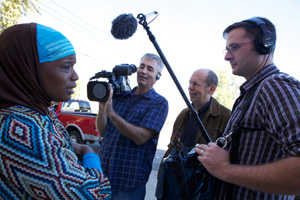
Production still, from left to right: violence interrupter Ameena Matthews, Producer/Director Steve James, Producer Alex Kotlowitz and Co-Producer/Sound Recordist Zak Piper. Courtesy of Cinema Guild.
Steve James: I normally work really small, as a crew usually it’s only three of us. Alex had the idea from the get go, he said, “What do you think about you shooting [the film] instead of having yet a fourth person in the mix?” At first I was like, “Hmm, I don’t know,” because I don’t shoot that much, but it was really a very smart decision. It allowed us to be very small. In the field it was just the three of us—Zak Piper did sound and is co-producer. I think we worked very well together because we’re sort of kindred spirits in terms of story in general, and our approach to stories, and what we’re interested in. And we were obviously both very committed to and interested in this story. And film is a collaborative medium… it’s an intimate but collaborative medium. We both had relationships with the subjects. If they called Alex and didn’t get Alex, they called me, or vice-versa.
H2N: So you were to some extent interchangeable in the subjects’ eyes?
SJ: Yeah, I think so.
Alex Kotlowitz: Sometimes we’d get a phone call, and it’d be late at night, and maybe one of us was more tired than the other, and said, “Maybe we don’t need to shoot this.” Usually if one of us felt that it was probably worth going out and taking that gamble, we’d go out. So we had that kind of dynamic going on, which I think was really helpful. My experience as a writer is usually a very solitary one, so for me this was just a real joy.
SJ: He had a gas. [They laugh]
AK: I did have a good time. Here you are out with people you love spending time with, plus the subjects of the film are such a joy to spend time with. And then for the interviews… they would sometimes go on for two, three, four hours, and we’d end up having a three-way conversation.
SJ: Alex is a terrific interviewer, period. But it was great to bounce off of each other… normally when you’re just the lone interviewer it’s all on you in that sense. Sometimes being able to sit back a little bit and watch someone else ask a question and respond… it can be a great way to come at people from different angles. I think you see the evidence of the success of that in the film, because we managed to get both really candid vérité moments with our subjects, but also really candid, honest statements.
H2N: When there was a more heated moment, you would just sort of pile in the car with them, with your camera, and your sound equipment?
AK: We’d all go out in the field, and sometimes I would trail because I knew that a third body was just simply going to be a burden, so I would sort of follow.
SJ: Whatever the demands were… I think in those situations everyone has to be flexible. There were a couple of times I shot in the car where Zak had to rig me up to just shoot without him.
AK: A couple of times I did sound.
SJ: That’s how desperate we were. [They laugh] No, no, [Alex] actually did great. He rose to the challenge. Whatever it takes, you do.
H2N: How did the equipment you used fit into your filmmaking style? Did the nature of this story dictate how you decided to film it?
SJ: There are different philosophies about cameras with this kind of filming. There are those people who feel strongly that the camera should be as small as possible, as unobtrusive as possible, and you can go that route. I’ve never gone that route. I’ve always used bigger cameras, partly because they look better, but part of it is we’re not hiding anything here. You’re trying to get people to a place where they understand we’re not the fly on the wall, we’re doing a film… This camera, it’s a curiosity, sometimes it’s an aid, because it communicates to people, “Oh, this really is something.” This isn’t just some guy wandering up with a little home video camera, or what might look to them like a home video camera. It’s never about the size of the camera at all as to whether you get intimate, honest things. I feel like that’s in many ways a false argument. It’s really more about how you present yourself as filmmakers, in the moment, in the situation, that dictate the level of candor and honesty you’re going to get.
AK: It’s interesting, at one point during the shoot we did get a couple of small cameras that we thought we might hand out to the Interrupters to use. And we never really used them. Part of it is again that you don’t want to feel like you’re doing something surreptitious.
H2N: What do you think the role is of insiders and outsiders in those communities? Do you think it’s absolutely necessary that the Interrupters come from a similar background as the people they’re trying to confront? How did they respond to you, being outsiders?
SJ: I think with the Interrupters it’s a key part of their skill set. They don’t have to know everybody in a crisis situation, but it certainly helps if they have some connection to that person. It helps, there’s no question about it. They will walk into a situation where they don’t know somebody, but their savvy, their knowledge, who they are and the way they present themselves—people read that, and understand fairly quickly then who [the Interrupters] are. They’re very good about sort of placing themselves in [a] situation and communicating that to people. For us, we show up with them and we are clearly outsiders, and so that’s a different kind of hurdle they have to deal with, with people in the community. And that’s why it was important that we spend time there, that we become more familiar there. In Englewood we got to a place where we were riding around with Cobe so much that we got to know the guys on the block, and it would be like, “Hey T Dog,” and T Dog would say, “Hey, how y’all doing?” Those kinds of things all help. We actually shot with this guy T Dog… but it’s really not the point that he specifically know us. It’s that word got passed through Cobe and our presence that we were “okay,” and that made a difference in terms of their being willing to accept us in situations where something really was happening.
AK: There can be advantages to being an outsider. You come in fresh, you see things sometimes that [insiders] don’t see any longer, you ask questions that people stopped asking.
SJ: I think the key, though, if you’re an outsider—it’s imperative that you come in and you spend the time. And you come in with an attitude of, “I will probably have preconceived notions, because that’s what human beings do, but I have to be really willing and try hard to set those aside, and experience this world openly and empathically… we come from the school of empathic storytelling. Honest, complicated, but empathic.
H2N: Is that part of the reason you decided to make this film in Chicago?
AK: Well, I think that this is the kind of film that would have been really difficult to do, for us, if we didn’t live in that city. We were sort of on call 24 hours a day, and we needed to be accessible at a moment’s notice. If we had filmed in another city we would have left for a week here or a week there…
SJ: You could do it, and maybe come away with a great film. You could, definitely. But there were weeks there, particularly as it got near the end of shooting, where we were out like every day. We shot over 300 hours over the course of 14 months. On Hoop Dreams we shot less than that over four and a half years. [They laugh] We were out there. It became a running joke around Kartemquin, the production company, like, “Where are they?” “Where do you think they are? They’re out shooting.”
H2N: So you were editing and shooting simultaneously, and constructing the story as you went along?
SJ: Yeah. Aaron Wickenden came on early and started editing while we were shooting, fairly early on, to start cutting scenes. And then when we were done [shooting] I started editing as well.
H2N: Would you watch how the editor was progressing?
AK: Absolutely, yeah. It was helpful in thinking about what we needed, and the stories that we thought we might end up following.
H2N: There’s one point in the film where Spencer Leak, the owner of the funeral parlor, brings up Barack Obama, how he felt proud and hopeful at the moment of Obama’s election, but despite that he’s “still burying Black kids.” How do you think Obama’s example plays into the role of violence in those communities? Or does it? Do you think his presidency might have an effect?
AK: I think what Spencer was expressing was a sense of sadness and bewilderment, that on the one hand we’ve gotten to a place in this country where we’ve elected a Black man [as president], and who thought we would have seen that in our lifetime… we’ve come far, but look at where we are in these communities. We still have so far to go. I don’t think he was necessarily pointing the finger at Obama. He was perplexed.
SJ: I think what it shows is just how complicated this issue is for us as a country, our feelings about it collectively, if not individually. I think it’s one of the reasons we made the film. I think we felt, when we started the film, that there’s this sense that if you don’t live in those communities that we should just give up on them, they’re beyond hope. And we saw a lot of hope in those communities. People burying their children, but [people] still with hope and dreams and aspirations. It’s hard when you don’t live there to really care about what goes on there, I think. We’re not saying one film can change that, but I think a film like this can maybe help to get people to focus on these communities.
AK: And also, as it did with us, challenge people’s assumptions about the people living in these communities. That you look at them with a sense of humanity, a sense that they’re our neighbors. You can see things that obviously feel foreign, but you also see the common ground. I mean, how can you not spend time with Cobe and think, “Man, this a guy I’d just like to hang out with for awhile.” Which is certainly how we felt, and still do.
H2N: How has the film played around the country, to different audiences?
SJ: At festivals we’ve had a terrific response. [For] a film about urban violence the screenings have been very well attended, and the response has been quite moving for us. That’s a certain kind of audience, but it’s been great because [some festivals] have reached out to local community organizations who work with these issues, and they’ve made an effort to get people who don’t normally go to a film festival to come see this film. And some people just found their way to it on their own, which is always great. Everywhere we go we’ve heard, “This is something that’s a problem in our city,” when it showed in Cleveland, when it showed in Durham, North Carolina at Full Frame…
AK: Philadelphia…
SJ: Everywhere this film has been shown, including Sheffield, England, people say, “This issue is something that we’re grappling with here, and we need to care more about this, and maybe this film can be useful to us.”
AK: Just a couple of weeks ago we actually showed it to about 80 kids from Chicago from these communities who are involved in youth media projects in the city, and it was really heartening to hear their response. What they saw in the film is this very honest portrayal of their communities and their lives. They saw some of themselves in those stories, and for me, what could be more affirming?
SJ: This film is not advocacy filmmaking. We do profile this organization [CeaseFire], but mainly we’re focusing on these three individuals and the work they do in the streets, and seeing that as a prism on what’s out there, and what can be done by people like them, who are extraordinary. We don’t give you a prescription at the end for what needs to be done. It’s the kind of filmmaker and writer that Alex has always been, and filmmaker that I’ve always been. But we also think it allows the film to be used in many different ways for people, because we’ve captured a slice of life.
AK: It allows people to take their own journeys, to find their own way. Rather than sort of shout at them or pull them or push at them, it allows them to experience it in some ways as we experienced it.
SJ: I think that ideally a film, if it really does what it’s supposed to do, in two hours [as the viewer] you go on the journey we went on in two years. And you get your eyes opened, and you get moved and you get shaken up in the same way that we did. But we’ve done you this favor of distilling that two years [of shooting] and 300 hours [of footage] down to just a mere two hours. [They laugh]
H2N: Do you plan on collaborating again?
SJ: Absolutely not. [They laugh]
AK: We will collaborate again, but probably in the fictional realm, I suspect. I’m kind of at the moment eager to get back to my writing, Steve’s on to another documentary at the moment.
SJ: I tell him, “Okay, you did the doc thing. Walk away.” [They laugh]
AK: Walk away when the going’s good!
SJ: Just walk away. [They laugh] At one point he was like, “Fundraising’s going pretty well, this isn’t that hard, is it?” I said, “It’s not that hard on this film, okay? It’s not always this way Alex.”
— Susanna Locascio







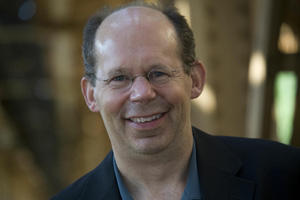
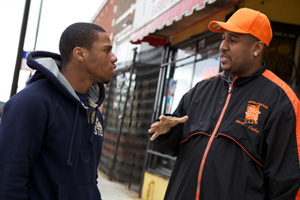
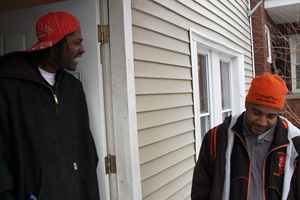
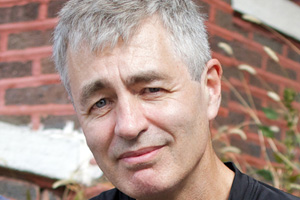
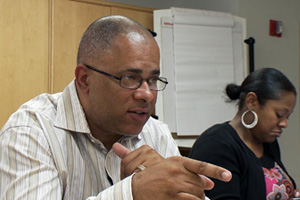
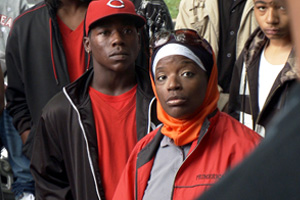

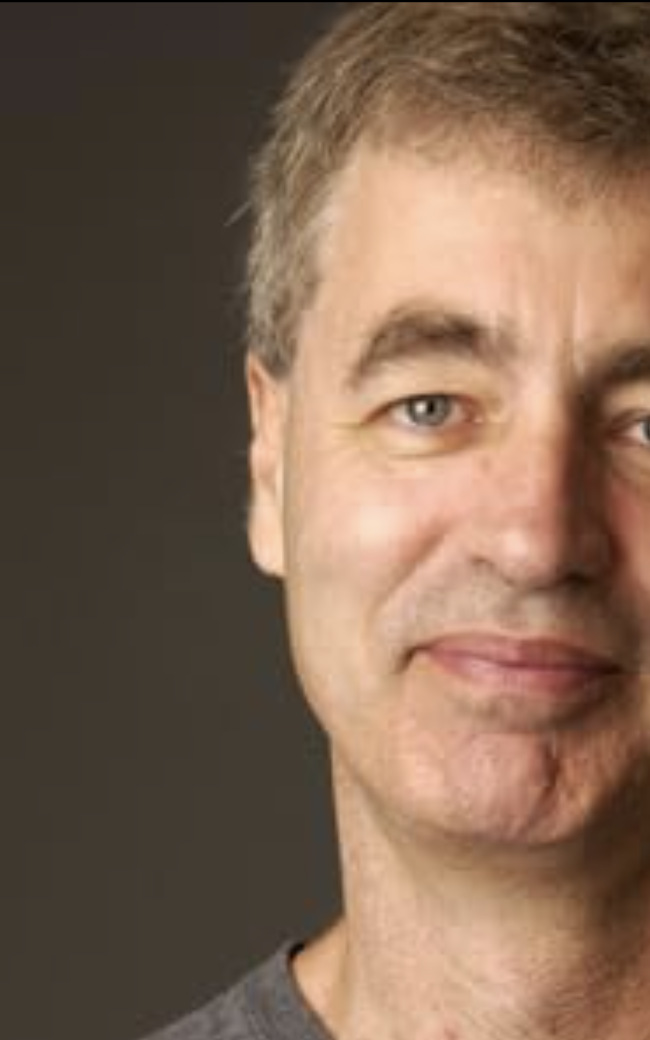
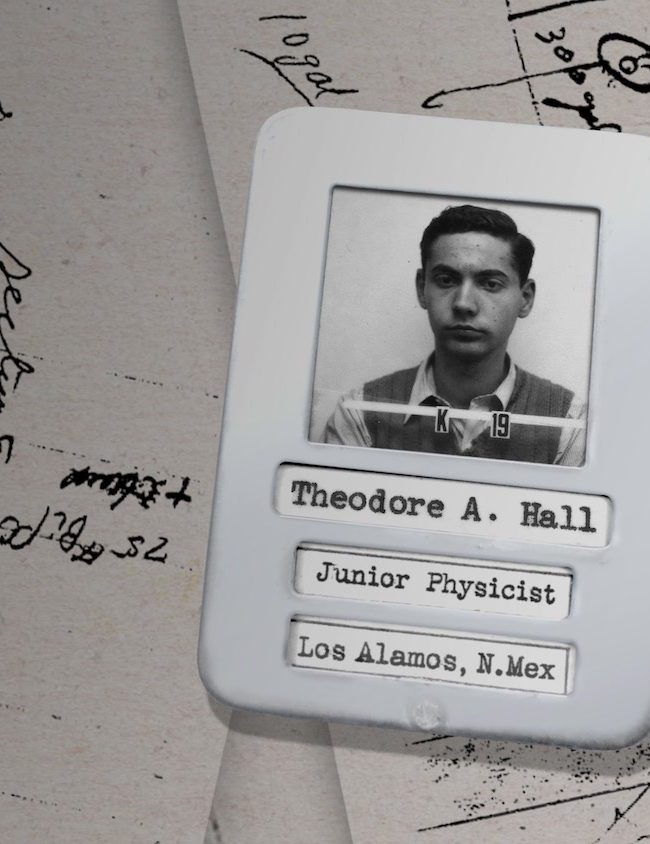


JED
was a nice film
focus should be catching them before they go to finishing school (prison)
Not a one of them had a job that I saw.And, the interruptors were government employees